Tomatoes are sweet and tangy, and can be eaten as fruit or made into delicious dishes. Many people love to grow a few pots of tomatoes on their balconies or in their gardens. However, for tomatoes to grow well, choosing the right flower pot is a crucial first step! If the pot is too large, the soil will take longer to dry out after watering, which can lead to the roots being waterlogged and rotting. If the pot is too small, the roots won’t have enough space to spread, and the plant won't get enough nutrients, causing poor growth. So, how should you choose a suitable flower pot for your tomatoes?
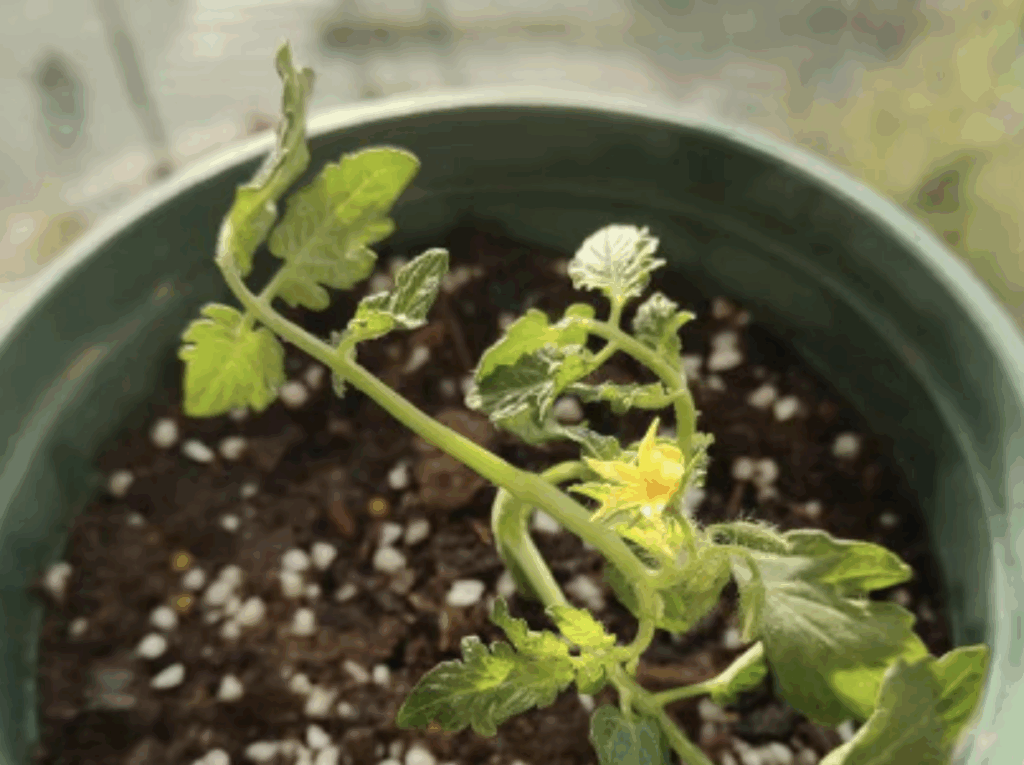
First, consider the size of the pot, which depends on the tomato variety. Cherry tomatoes have small plants with less developed roots, so a pot with a diameter of 20-25 cm and a depth of 25-30 cm will suffice. This size will allow the roots to grow and prevent water accumulation. Larger fruit-bearing tomatoes, on the other hand, have taller plants and more developed roots, requiring a pot with a diameter of 30-40 cm and a depth of 35-45 cm to allow the roots to spread and absorb nutrients. If you want to plant multiple tomato plants in one pot, you’ll need to increase the pot size. For example, if planting 2-3 cherry tomato plants, the pot diameter should be at least 30 cm; for 2 large-fruit tomato plants, the diameter should be 40-50 cm. Otherwise, the plants will compete for nutrients and won’t grow well.
The material of the pot is also important. Plastic pots are common and inexpensive, lightweight, and come in various styles, but they have poor breathability and drainage, which can cause the soil to compact. If using plastic pots for tomatoes, choose pots with plenty of drainage holes and use loose, nutrient-rich soil. Ceramic pots are aesthetically pleasing and highly decorative, but they are heavy and expensive. They also have poor breathability and drainage, which can cause water accumulation and root rot. When using ceramic pots, place broken tiles or expanded clay at the bottom as a drainage layer, and reduce watering. Clay pots offer excellent breathability and drainage, which is beneficial for root respiration. They are moderately priced but have a simple appearance and are fragile, so handle them carefully. Purple clay pots are delicate and have some breathability, but they are expensive and not as breathable or water-permeable as clay pots. When using purple clay pots for tomatoes, make sure to pay attention to soil and drainage layers.
When it comes to pot shape, round pots have no dead angles on the inner walls, allowing the roots to spread evenly. They also have a stable center of gravity, making them less likely to tip over. Square and rectangular pots save space and are suitable for small spaces, so choose based on your needs.
Drainage is crucial for tomatoes. The roots of tomatoes are sensitive to waterlogging, and poor drainage can lead to oxygen deprivation and root rot, potentially killing the plant. Therefore, choose pots with large and numerous drainage holes at the bottom. If the drainage holes are insufficient, you can enlarge them or add more. You can also place gravel or expanded clay at the bottom of the pot to improve drainage.
Finally, the stability of the pot should not be overlooked. As tomatoes bear fruit, the fruits can become heavy, and an unstable pot may tip over and damage the plant. Choose pots with a wide base and low center of gravity. If planting outdoors or in windy areas, you can use ropes or stakes to secure the pot to prevent it from being blown over.
By considering the variety of tomato and planting conditions, selecting the right pot size, material, and shape, and ensuring good drainage and stability, you can create a comfortable growing environment for your tomatoes and enjoy a bountiful harvest.

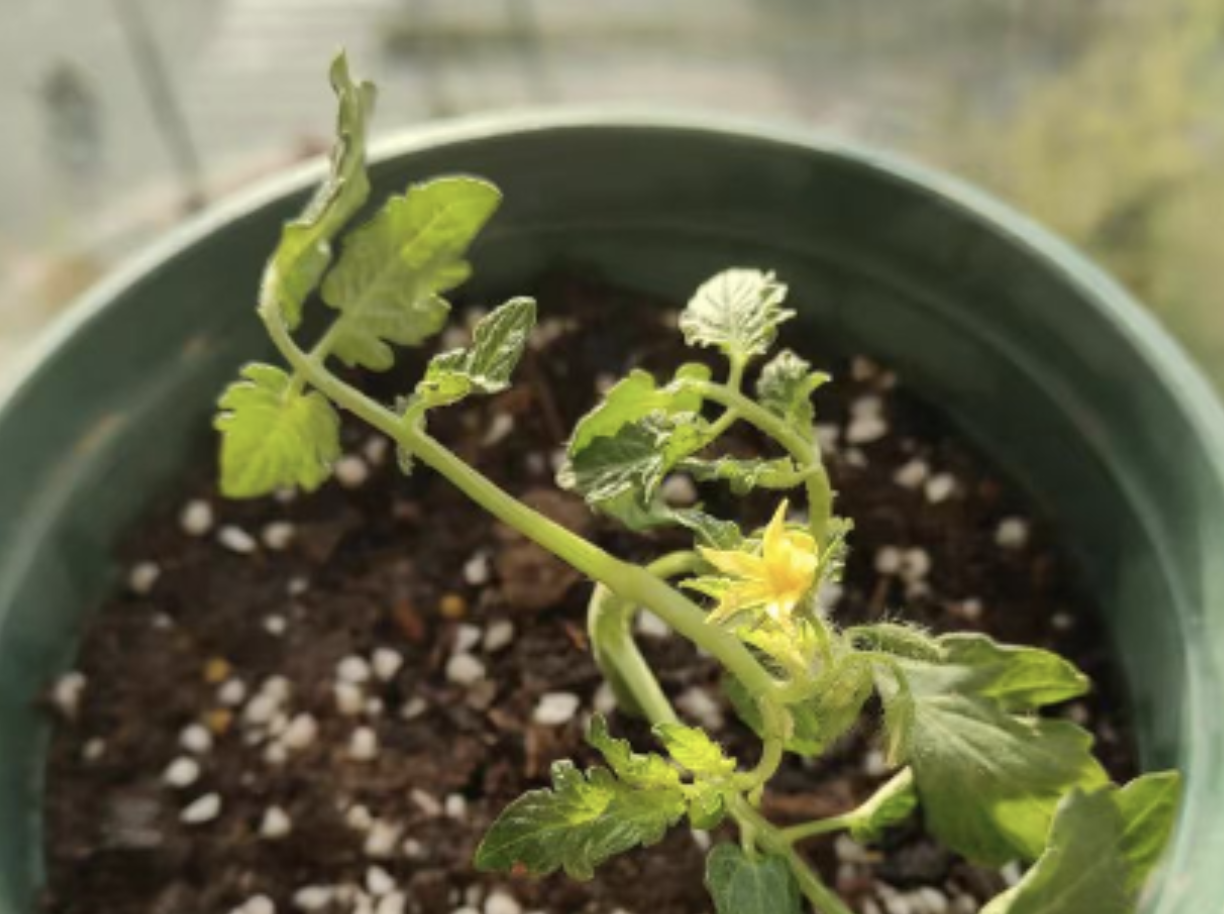
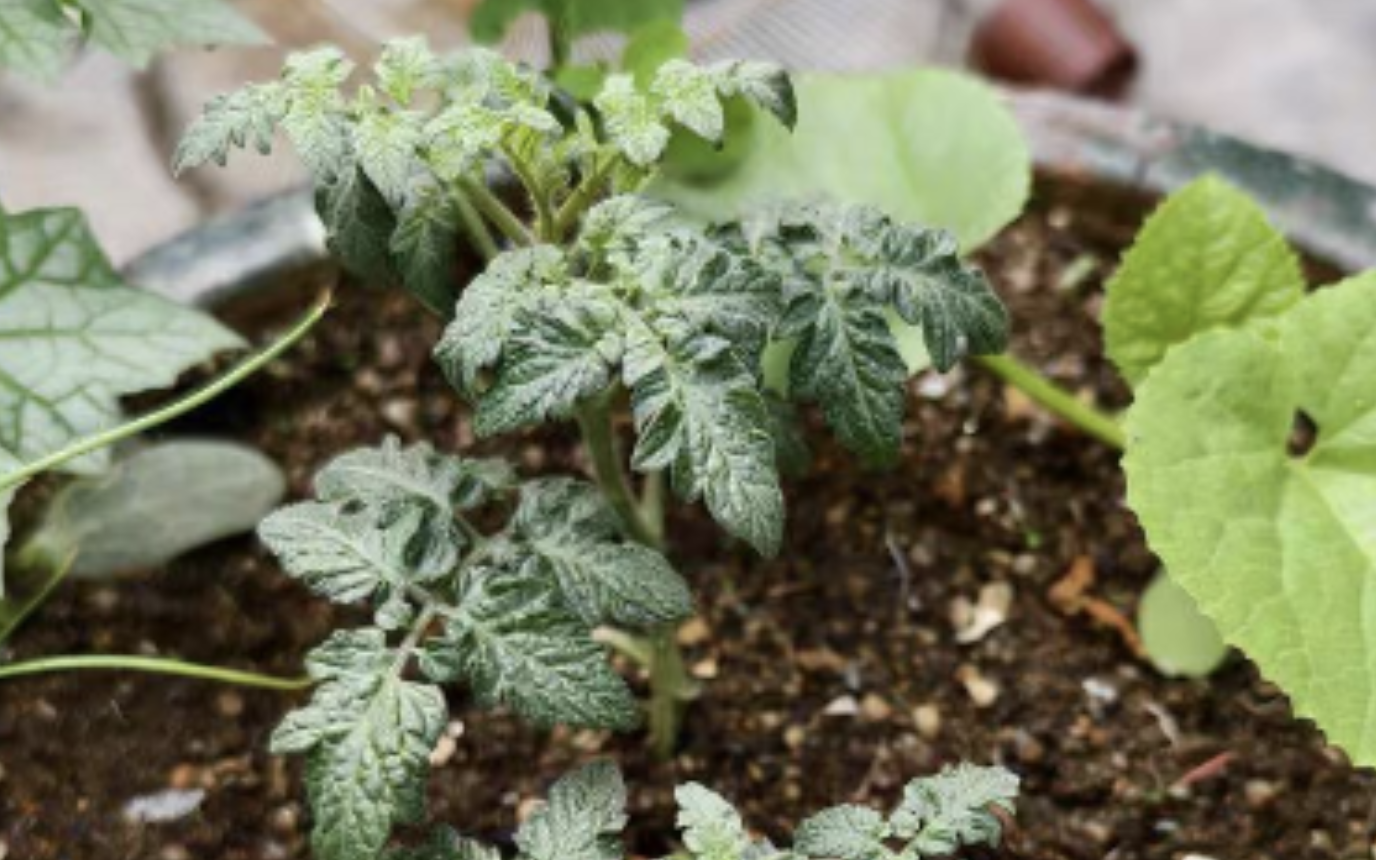
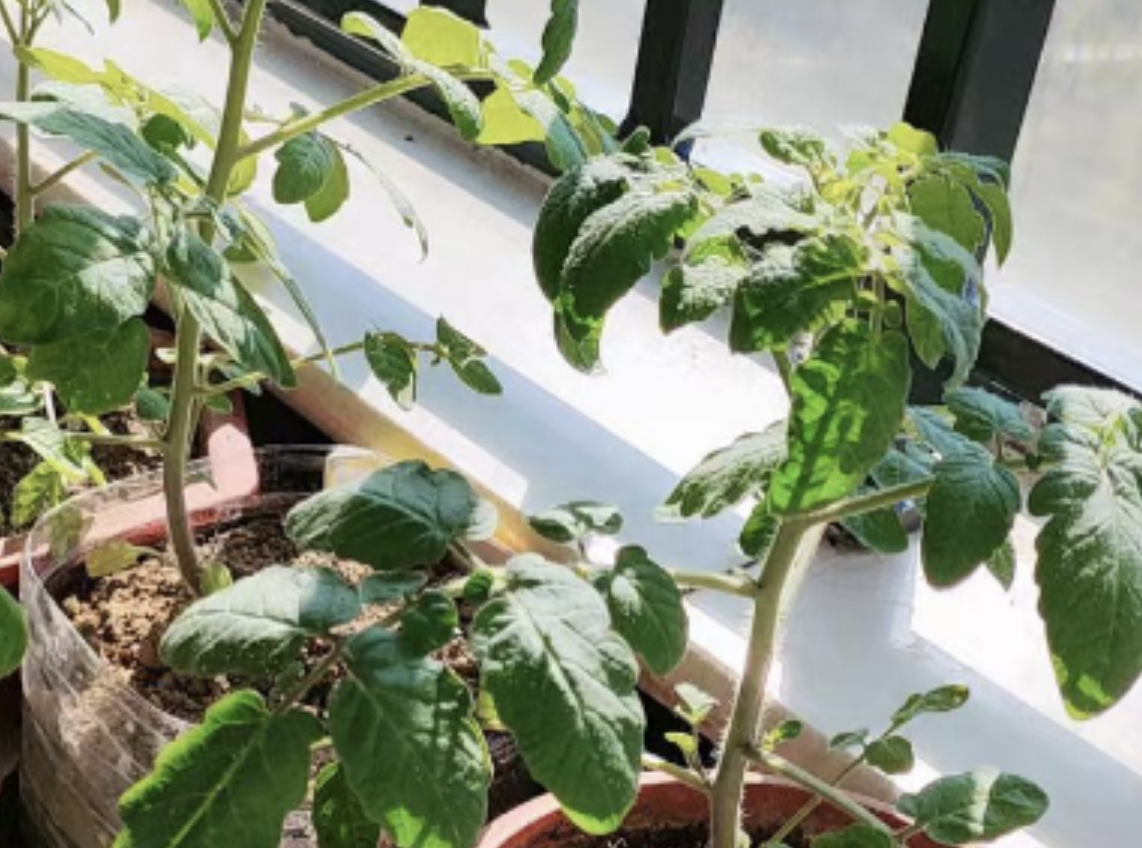
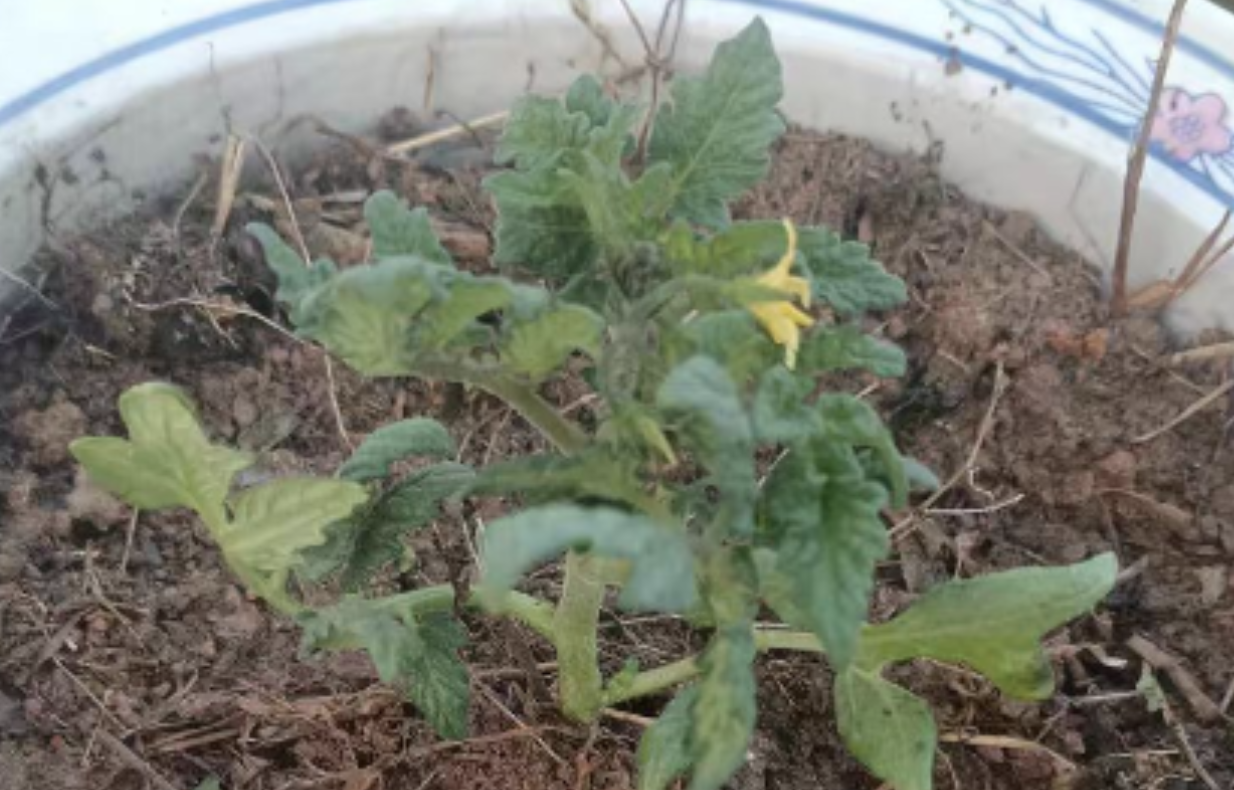
Leave a Reply